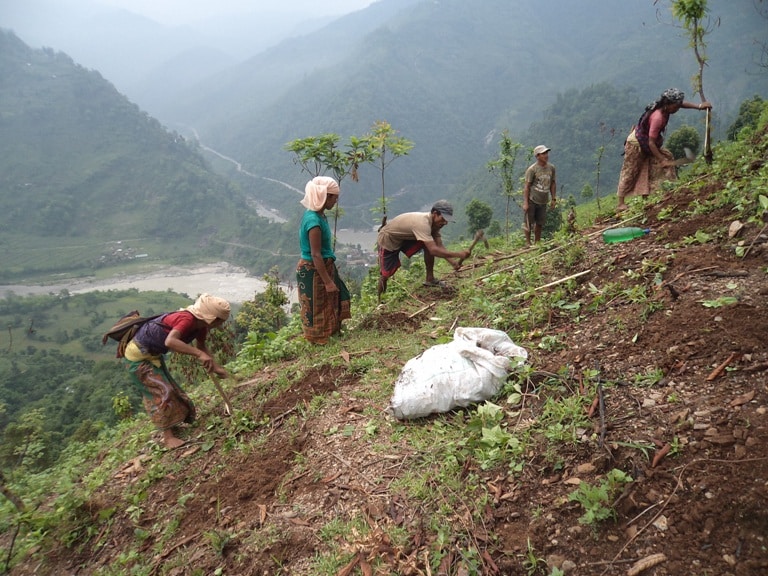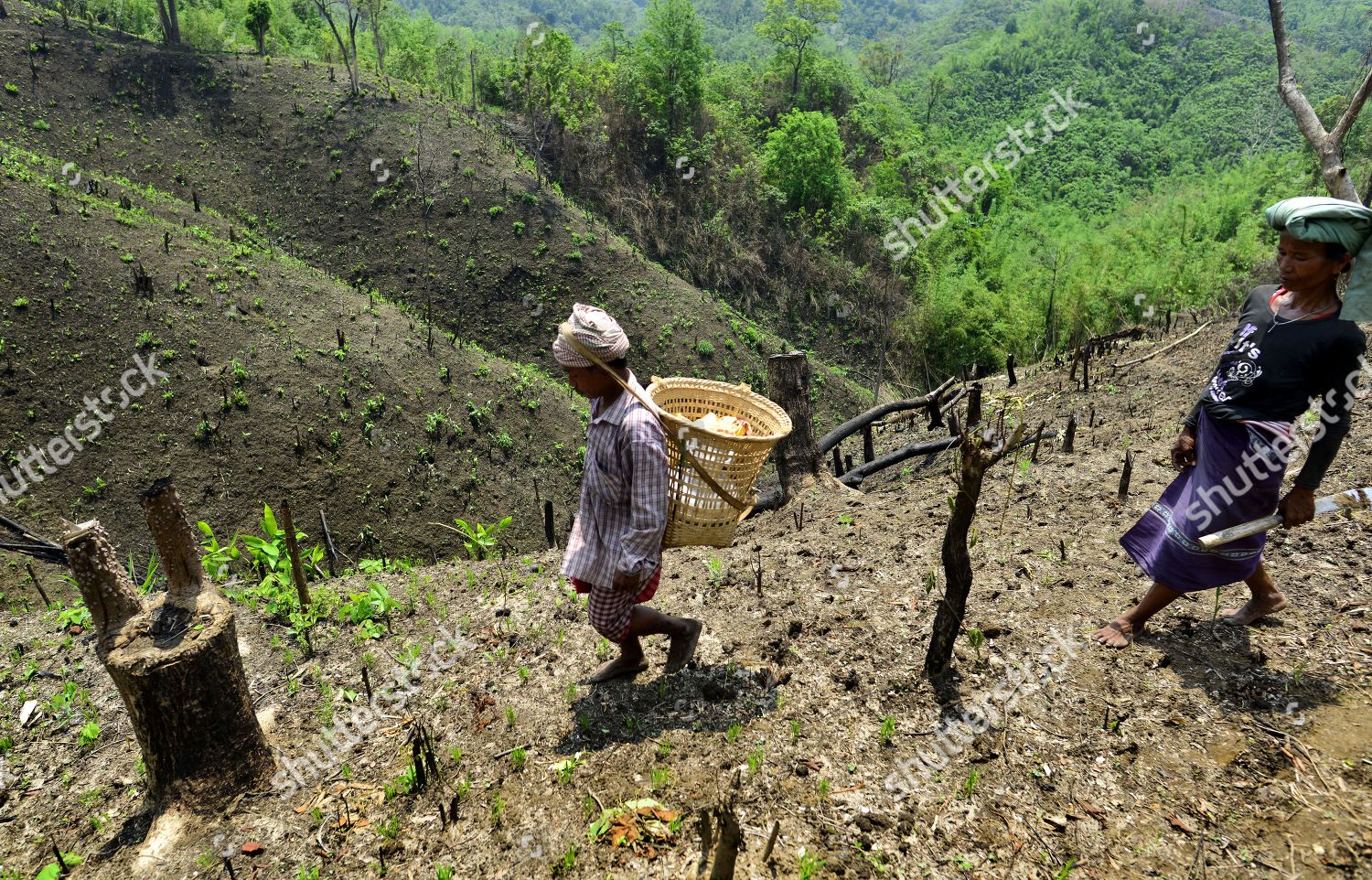Podu cultivation is a traditional method of farming practiced in the tribal regions of India. It involves the cultivation of crops on hillsides or sloping land using minimal inputs and without the use of chemical fertilizers or pesticides. The term "podu" comes from the Telugu language and means "hill cultivation."
In podu cultivation, the main crops grown are millets, rice, and pulses. These crops are well-suited for hillside cultivation because they are drought-resistant and can thrive in low-nutrient soils. Farmers also grow vegetables, such as tomatoes and beans, as a way to supplement their income.
One of the main benefits of podu cultivation is that it allows farmers to grow crops on land that would otherwise be considered unproductive. The sloping land and hilly terrain in tribal areas is often not suitable for traditional farming methods, but podu cultivation allows farmers to make use of these resources.
Another advantage of podu cultivation is its low environmental impact. The use of chemical fertilizers and pesticides can have negative impacts on the environment, such as water pollution and soil degradation. In contrast, podu cultivation relies on natural fertilizers, such as compost and animal manure, and does not use any chemical inputs. This makes it a more sustainable and environmentally friendly method of farming.
Podu cultivation also helps to support local communities and preserve traditional farming practices. Many tribal communities in India rely on podu cultivation as their primary source of food and income. By practicing this type of farming, they are able to maintain their cultural traditions and support their families and communities.
There are, however, some challenges associated with podu cultivation. One of the main challenges is the lack of access to credit and other resources, such as seeds and tools. Many farmers in tribal areas do not have the resources or means to invest in their farms, which can limit their ability to improve their yields and increase their income.
Another challenge is the risk of natural disasters, such as landslides and floods, which can damage crops and make it difficult for farmers to maintain their fields. In addition, the steep terrain of hilly areas can make it difficult to access the fields and transport crops to market.
Despite these challenges, podu cultivation remains an important part of the farming landscape in tribal areas of India. It provides a livelihood for many farmers and helps to preserve traditional farming practices and cultural traditions. By supporting podu cultivation and addressing the challenges faced by farmers, we can help to ensure the long-term sustainability of these communities.







